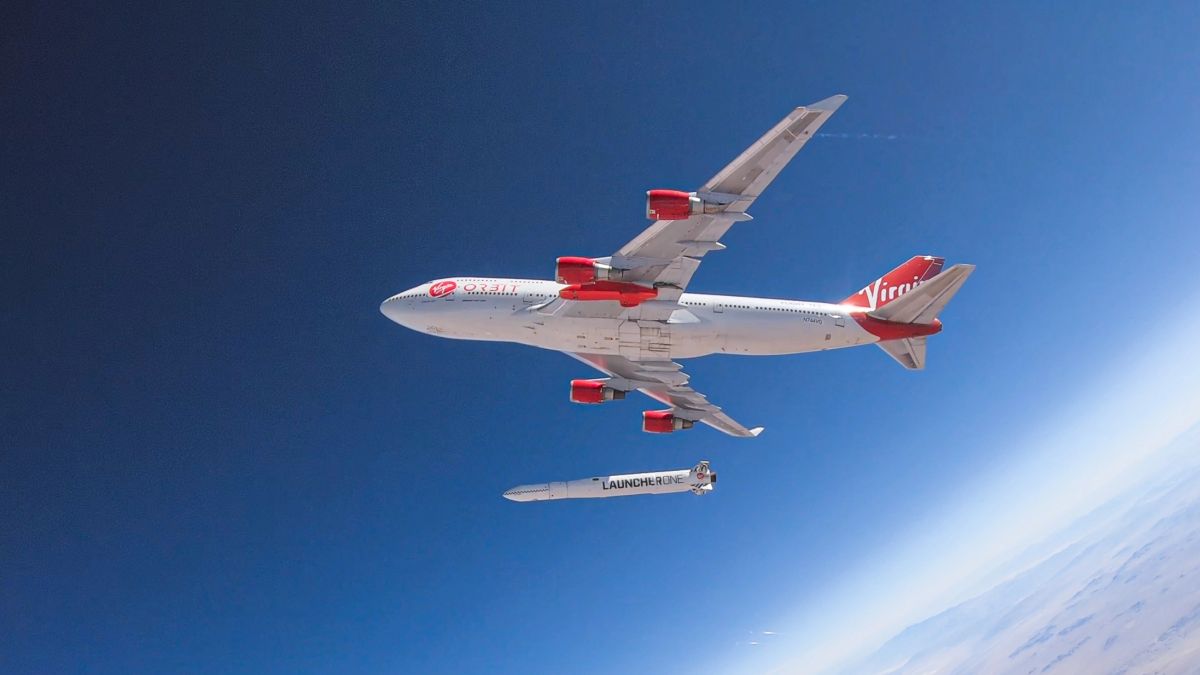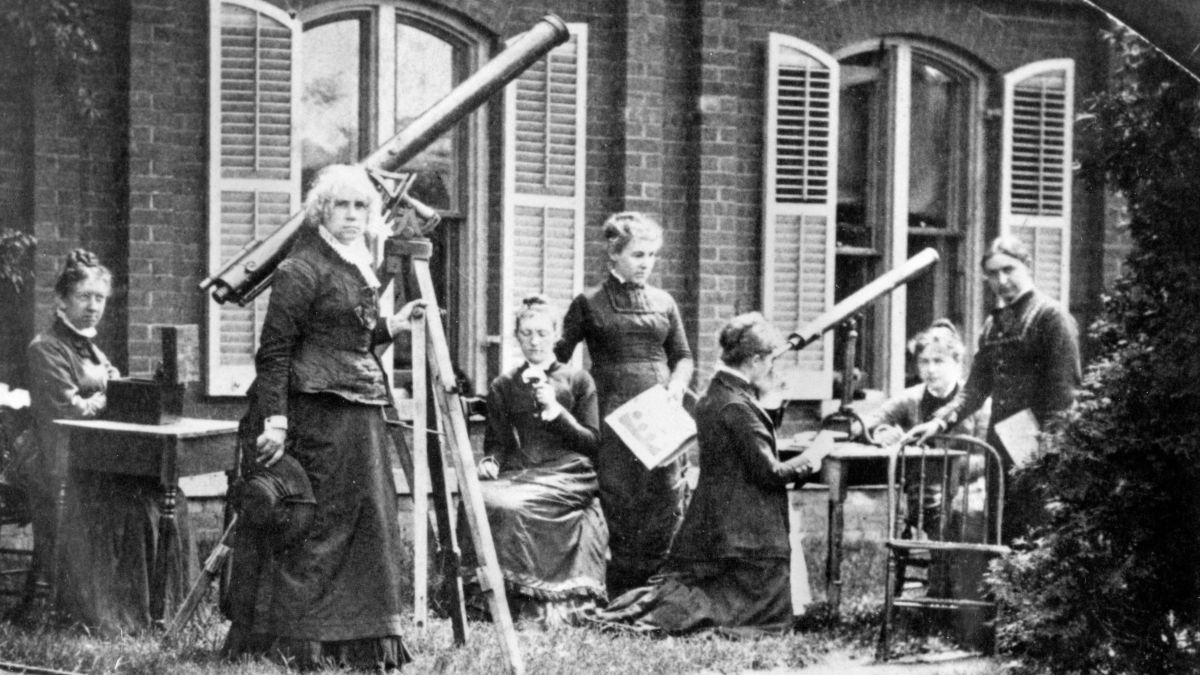NASA has announced the recipients of its annual Established Program to Stimulate Competitive Research (EPSCoR) grants, providing a total of more than $10.8 million across 15 institutions over three years to support scientific and technical research.
Read MoreMonth: March 2023
1st map of moon water could help Artemis astronauts live at the lunar south pole
The first map of the distribution of water on the moon could be used by future explorers traveling to Earth’s natural satellite under the Artemis program. Astronomers have built the first map that shows how the supply of water on the moon changes with local geography, like the many mountains and craters that dominate the moon’s airless, battered surface. The map, which covers one-quarter of the moon’s Earth-facing side, was put together with data gathered by NASA’s Stratospheric Observatory For Infrared Astronomy (SOFIA) telescope during its final year of observations…
Read MoreVirgin Orbit eyes options as it works to generate cash flow: report
Launch company Virgin Orbit is “drawing up detailed contingency plans” after pausing operations last week, according to a media report. Virgin Orbit is still looking for new funding but has also secured two restructuring firms — Alvarez & Marsal and Ducera — in case it cannot bring in more cash flow, according to a Sky News report (opens in new tab) published on Sunday (March 19). Virgin Orbit was aiming to give an update to employees by Wednesday (March 22) or Thursday (March 23) after furloughing all but a small…
Read MoreBad news for alien life? Even calm red dwarf stars rage more violently than the sun
A new study of red dwarf stars has revealed that even the quietest examples of this stellar class are more active and wild than the sun. Red dwarfs, officially known as “M dwarfs” by astronomers, are the most common stars in the Milky Way and can remain placid for long periods of time before erupting with huge “superflares.” These flares have previously been measured to be 100 to 1,000 times more powerful than similar flares from the sun, with young red dwarfs particularly tumultuous. These outbursts, as well as eruptions…
Read MoreGalactic Giants Titan and Saturn
Titan, Saturn’s largest moon, looks quite small in comparison to the giant planet behind it in this natural color view from the Cassini-Huygens spacecraft.
Read MoreThe early universe was crammed with stars 10,000 times the size of our sun, new study suggests
An illustation showing a twinkling burst of starlight at the center of a turbulent field of crackling orange radiation and glowing black holes. (Image credit: ESA) The first stars in the cosmos may have topped out at over 10,000 times the mass of the sun, roughly 1,000 times bigger than the biggest stars alive today, a new study has found. Nowadays, the biggest stars are 100 solar masses. But the early universe was a far more exotic place, filled with mega-giant stars that lived fast and died very, very young,…
Read MoreEquinox on March 20 means more stunning auroras are coming. Here’s why
Longtime aurora watchers will know the Earth’s two equinoxes — late March and late September — mark the most colorful times of the year. Aurora hunters claim that, to look to the night sky in search of these beautiful displays, the dates around the equinoxes are the best. Science supports their wisdom. The data show (opens in new tab) that auroras peak around the two equinoxes and, on the other hand, auroras decline around June and December, the two solstices. The sun, of course, is not tied to Earth’s rotation.…
Read MoreSurprising newfound ocean bacteria could aid search for alien life
In the deep waters of Earth’s oceans, scientists have discovered a new species of bacteria flourishing in the plumes from submarine hot springs. Such hot springs likely also exist on oceanic worlds like Jupiter’s moon Europa and the Saturn satellite Enceladus, so these observations sharpen our understanding of the forms alien life might take on those moons, astronomers say. The newfound bacteria, Sulfurimonas pluma, belongs to a family of organisms that to date had only been known from volcanic vents on Earth’s seafloors, as it cannot tolerate high oxygen levels…
Read MoreEurope’s exoplanet-hunting CHEOPS mission extended through 2026
Europe’s CHEOPS spacecraft will continue investigating planets outside our solar system until at least 2026. The European Space Agency (ESA) announced on March 9 that CHEOPS will continue its exoplanet-studying mission — which includes selecting “golden target” worlds for deeper investigation by the James Webb Space Telescope (JWST) — for at least another three years, with the potential to extend this further until 2029. Launched in December 2019 from ESA’s spaceport in French Guiana, CHEOPS (short for “Characterising Exoplanet Satellite”) is designed to study planets with sizes between that of…
Read MoreNew children’s book celebrates pioneering astronomer Maria Mitchell
Pioneering astronomer Maria Mitchell is the star of a kid’s book using an ancient language she happened to know: Latin. Massachusetts-born Maria Mitchell (1818-1889) is best known for discovering a comet in 1847 and working to inspire women astronomers as a professor of astronomy at Vassar College, which she joined in 1865. Some 205 years after her birth, Mitchell continues to inspire as the first U.S. woman astronomer. Her legacy inspired Rachel Beth Cunning, a Latin and English as a second language teacher, to take on the challenge of making…
Read More

